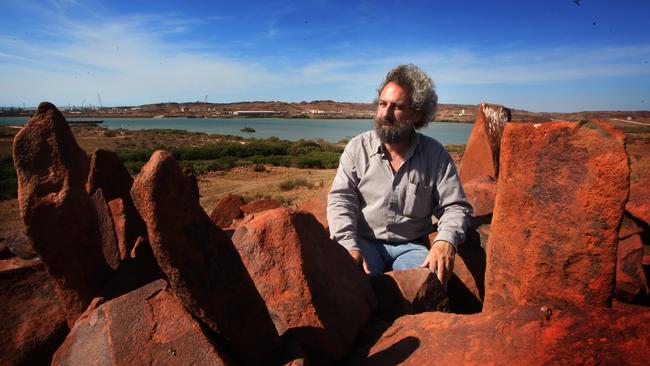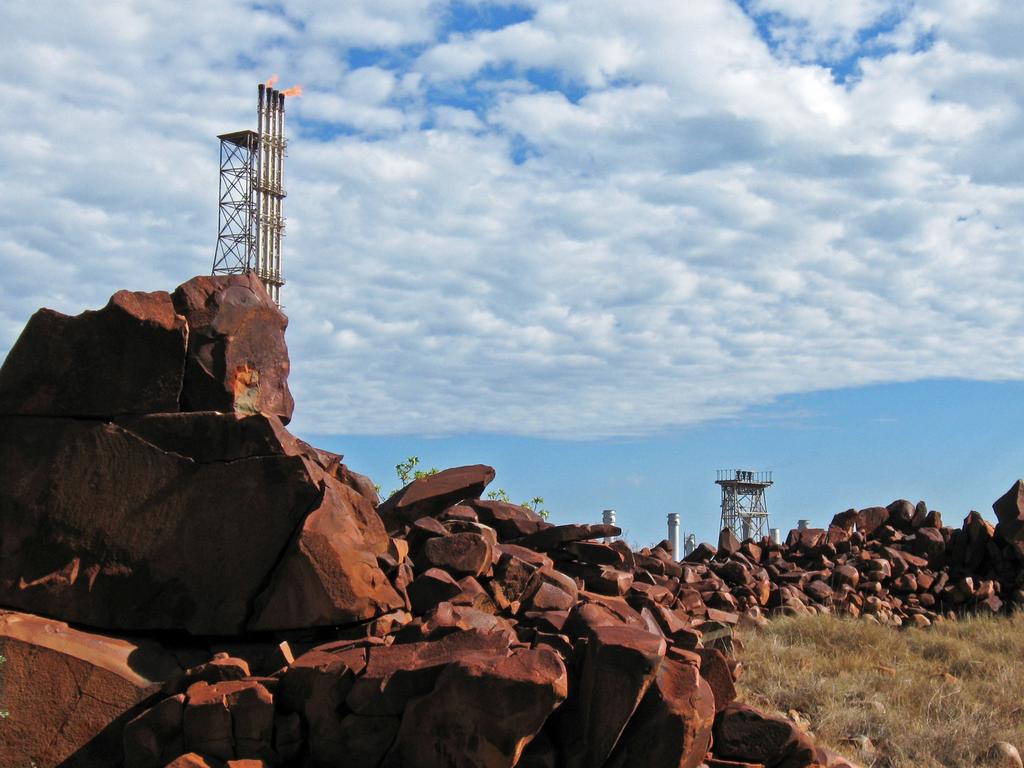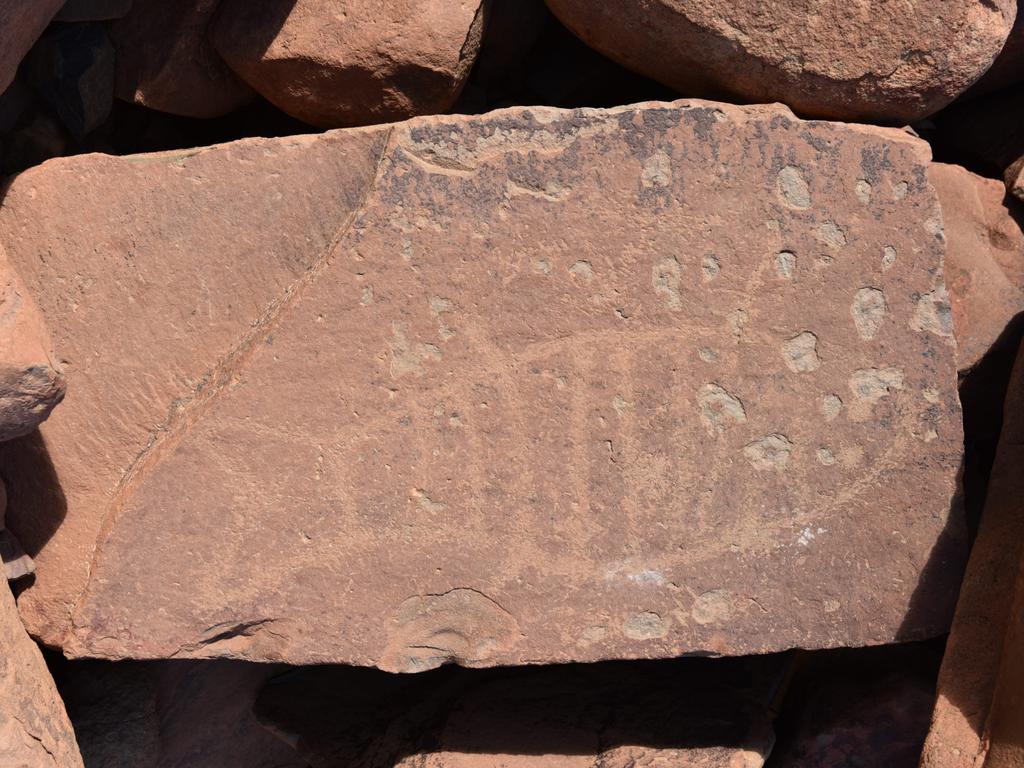Burrup Peninsula ‘blunders’ a risk to rock art
Ken Mulvaney says the botched Burrup application was just the latest in a long line of failures and mistakes by state and federal governments over decades.

A veteran archaeologist has criticised the federal government’s handling of the World Heritage application for Western Australia’s Burrup Peninsula, warning that the bungled process runs the risk of causing further harm to the region’s rock art.
Ken Mulvaney spent decades working as an archaeologist for mining giant Rio Tinto in the Pilbara, and in the 1980s was among the first scientists to study the Indigenous rock art that is found in abundance across the Burrup Peninsula.
The federal government earlier this year finally lodged the long-awaited World Heritage application with UNESCO. The area is also home to some of Australia’s biggest industrial projects, including Woodside Energy’s North West Shelf and Pluto liquefied natural gas plants, the Yara fertiliser plant and Perdaman Industries’ $6bn under-construction urea plant.
The Australian last month revealed that the timetable for the World Heritage listing had slipped by at least a year after UNESCO deemed that the original application was invalid. Federal Environment Minister Tanya Plibersek blamed the issue on the difficulties of defining cultural boundaries within Western mapping methods. UNESCO, however, has challenged that characterisation, saying instead that the map submitted by Australia was of insufficiently low resolution and was too vague to guarantee full protection of Indigenous lands.
Mr Mulvaney told The Australian the botched application was just the latest in a long line of failures and mistakes by state and federal governments over decades.
“It’s allowed two more years of developments on the Burrup without the concern that they’re doing something that may impact World Heritage,” he said. “I have not seen any evidence that people really want it protected.”
The blunder, he said, would do nothing to repair Australia’s reputation about managing World Heritage sites, noting previous warnings and concerns from UNESCO about the Great Barrier Reef, Tasmania’s rainforests and Kakadu National Park.
“The reality is that Australia’s record is not good,” Mr Mulvaney said.
Mr Mulvaney said he continued to hold deep concerns about the potential impact of industrial emissions on the Burrup’s rock art.
“Everywhere else in the world where there have been studies of industrial emissions, they affect rock surfaces. Why should that be different on the Burrup?” he said.
While some studies have suggested that emissions may be accelerating erosion, others have been less conclusive.
Murujuga Aboriginal Corporation, the body established to represent the traditional owner groups of the area, in December said it had just completed the first year of what will be the most extensive scientific study to date on the impact of industrial emissions.
The program is being carried out in partnership with the WA Department of Water and Environmental Regulation and will run for five years.
Murujuga Rock Art Stakeholder Reference Group chairman Professor Stephen van Leeuwen said the program was collecting “solid and comprehensive evidence”, but longer-term data was needed.
“The Murujuga Rock Art Monitoring Program will ensure that decisions regarding the protection of the rock art are based on the best available science,” he said.







To join the conversation, please log in. Don't have an account? Register
Join the conversation, you are commenting as Logout